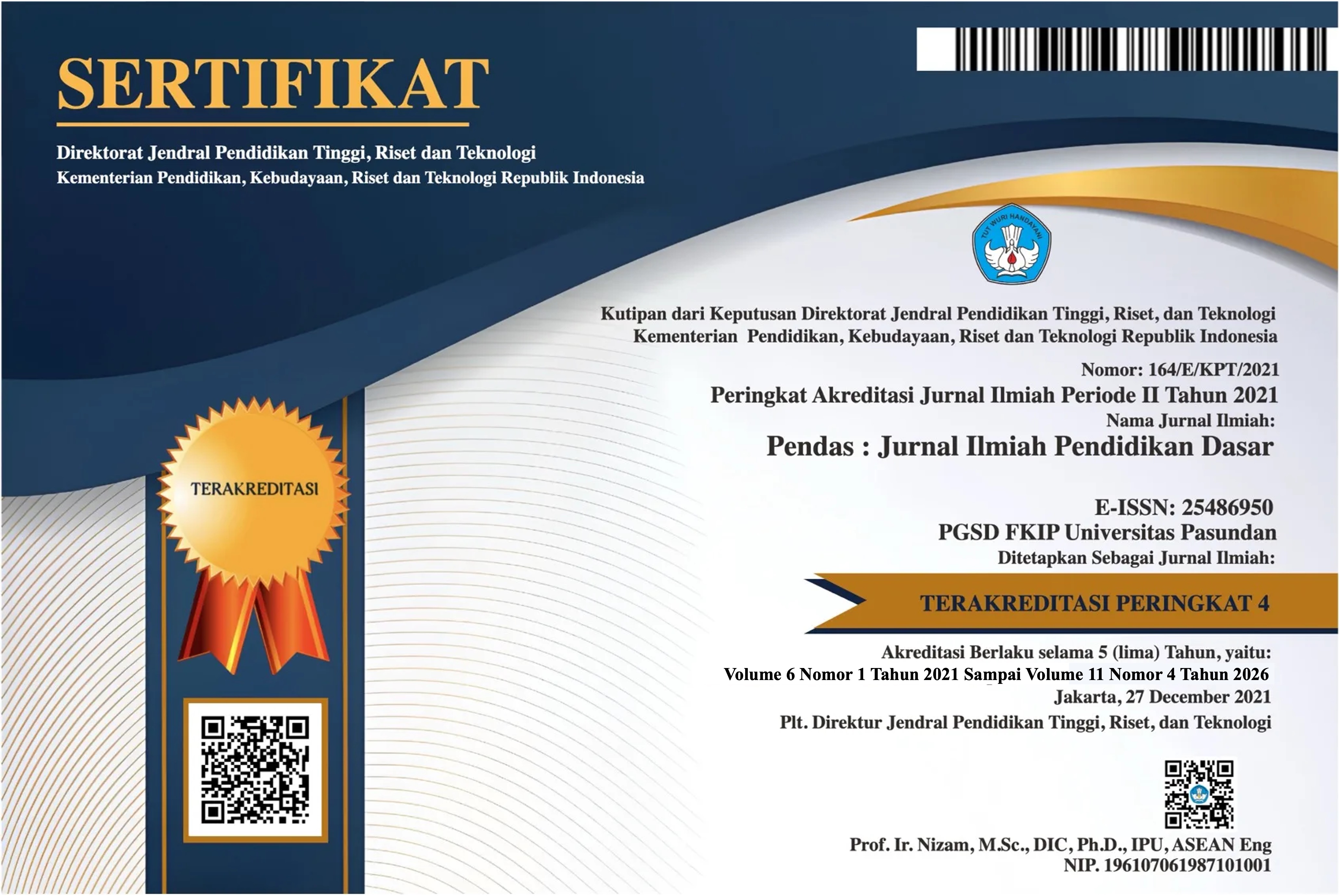Analisis Perbandingan Metode Valuasi Aktuaria Attained Age Normal, Entry Age Normal, dan Individual Level Premium dalam Perhitungan Dana Pensiun
DOI:
https://doi.org/10.23969/jp.v10i04.34554Keywords:
pension fund, actuarial valuation, Attained Age Normal, Entry Age Normal, Individual Level Premium, actuarial liabilitiesAbstract
This study aims to analyze and compare pension fund actuarial liabilities using three approaches: Attained Age Normal (AAN), Entry Age Normal (EAN), and Individual Level Premium (ILP). Using hypothetical participant profile data, manual simulations were conducted to calculate pension benefits and liabilities arising from each method. The analysis results indicate differences in liability values and financing patterns between the methods, reflecting the characteristics and underlying assumptions of each approach. This study provides a comparative overview that can be used as a reference in selecting a pension fund valuation method that aligns with institutional needs and policies.
Downloads
References
Amanda, R., Rizki, W., & Perdana, H. (2021). Penerapan Metode Projected Unit Credit Tipe Constant Dollar pada Perhitungan Aktuaria Dana Pensiun (Studi Kasus: Data Guru Honorer Sekolah Dasar Kec. Bunut Hilir). Buletin Ilmiah Math. Stat. Dan Terapannya (Bimaster), 10(2), 203–208.
Andriananda, S. R., & Maulana, D. A. (2023). Kajian Metode Entry Age Normal Dan Projected Unit Credit Untuk Menghitung Kewajiban Aktuaria Pegawai Pemerintah Dengan Perjanjian Kerja. MATHunesa : Jurnal Ilmiah Matematika, 11(3), 443–457.
Dian, D. F. S., Ashadi, A. A., & M, S. (2024). Aplikasi Metode Entry Age Normal dan Projected Unit Credit untuk Asumsi Tingkat Kenaikan Gaji Dalam Menentukan Manfaat Pensiun. Proximal: Jurnal Penelitian Matematika Dan Pendidikan Matematika, 7(1), 151–160. https://doi.org/10.30605/proximal.v7i1.3383
Hasibuan, R. I. P. (2011). Dana Pensiun Dalam Perspektif Hukum Bisnis Syariah. Al-’Adalah, 10(1), 99–108.
Indurasmi, V., Wisasanab, H. A. Z., & Muwaffaq, H. U. (2023). Pengaruh Dana Pensiun Terhadap Partisipasi Kerja Lanjut Usia. Journal of Business Economics and Agribusiness, 1(1), 1–5. https://doi.org/10.47134/jbea.v1i1.55
Islam, E. N. M., Wilandari, Y., & Suparti. (2016). Perhitungan Pembiayaan Dana Pensiun Dengan Metode Attained Age Normal Dan Projected Unit Credit. Jurnal Gaussian, 5(3), 505–514.
Izzati, M. D., & Kartikasari, M. D. (2022). Implementasi Metode Perhitungan Aktuaria Program Dana Pensiun Menggunakan Flask. Jambura Journal of Mathematics, 4(2), 247–264. https://doi.org/10.34312/jjom.v4i2.12954
Lubis, A. H., Azra Istiaza, & Azaddin, T. Z. A. (2024). Mekanisme dan Penyelenggaraan Lembaga-lembaga Penyelenggara Dana Pensiun. Jurnal Intelek Insan Cendikia, 1(4), 1120–1131. https://jicnusantara.com/index.php/jiic/article/view/604
Maghfiroh, W., Hadiyatullah, M. H., & Adinugraha, H. H. (2021). Pemetaan Ekonomi Untuk Mendapatkan Strategi. Ganesha Jurnal Pengabdian Masyarakat, 1(2), 69–74.
Ngumar, S. (2016). Akuntansi Dana Pensiun Di Indonesia. EKUITAS (Jurnal Ekonomi Dan Keuangan), 1(3), 115. https://doi.org/10.24034/j25485024.y1997.v1.i3.1853
Nussy, A. F. . (2014). Analisis Penerapan PSAK No.18 Mengenai Akuntansi Dana Pensiun pada PT.TASPEN Cabang Manado. Jurnal EMBA, 2(4), 444–453.
Sari, N. R., Arsita, S., & Denovis, F. O. (2024). PERBANDINGAN METODE INDIVIDUAL LEVEL PREMIUM DAN ATTAINED AGE NORMAL TERHADAP MANFAAT PENSIUN Comparison Of Individual Level Premium And Attained Age Normal Methods Of Pension Benefits. 3(2), 1–6.
Wardhani, I. G. A. K. K., I Nyoman Widana, & Tastrawati, N. K. T. (2014). PERHITUNGAN DANA PENSIUN DENGAN METODE PROJECTED UNIT CREDIT DAN INDIVIDUAL LEVEL PREMIUM. http://ojs.unud.ac.id/index.php/mtk
Widana, I. N., & Asih, N. M. (2017). Perhitungan Iuran Normal Program Pensiun dengan Asumsi Suku Bunga Mengikuti Model Vasicek. Jurnal Matematika, 7(2), 85. https://doi.org/10.24843/jmat.2017.v07.i02.p85
Yunus, S. (2025). Faktor Penyebab Pekerja Tidak Paham Dana Pensiun, Pentingnya Edukasi dan Digitalisasi Industri Dana Pensiun di Indonesia. AKSIOMA : Jurnal Sains Ekonomi Dan Edukasi, 2(2), 671–679. https://doi.org/10.62335/aksioma.v2i2.981
Downloads
Published
Issue
Section
License
Copyright (c) 2025 Pendas : Jurnal Ilmiah Pendidikan Dasar

This work is licensed under a Creative Commons Attribution 4.0 International License.


















